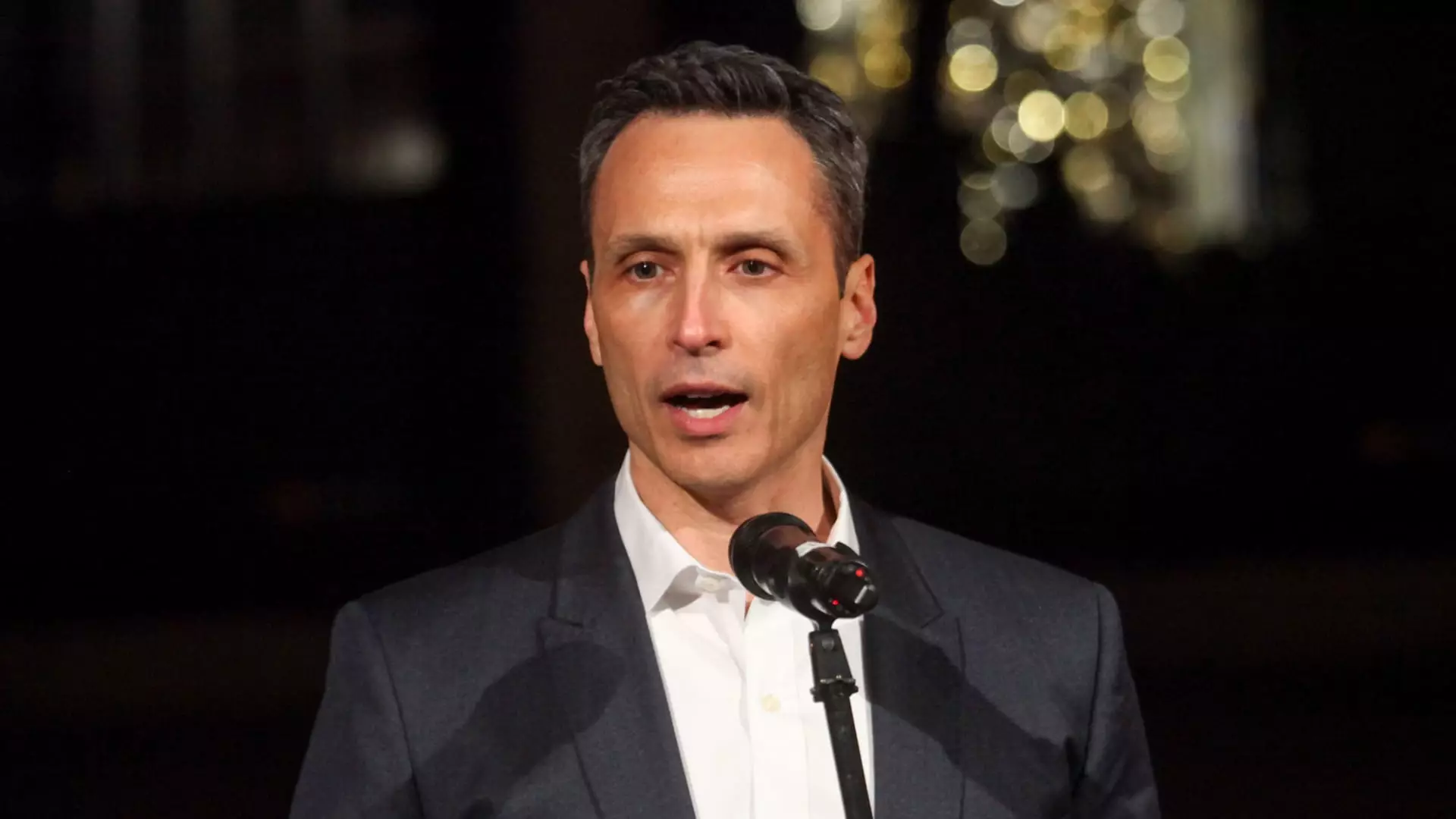Disney’s ESPN, a powerhouse in the world of sports broadcasting, is facing a pivotal moment in its history. For over four decades, the network has relied on increasing cable subscription fees to boost its annual revenue. Starting at less than $1 per month per subscriber in the 1980s, ESPN’s carriage fee has climbed to $9.42 per subscriber by 2023. However, with the rise of cord-cutting in recent years, where millions of Americans are ditching traditional cable TV, this revenue model is under threat.
In response to the changing media landscape, ESPN has outlined a new strategy to reignite growth. The network plans to launch a two-part streaming service approach. Firstly, in the upcoming months, ESPN will be available as a standalone service outside of the traditional cable bundle in partnership with Warner Bros. Discovery and Fox. This move aims to attract non-cable customers looking for sports content without committing to expensive cable packages. Secondly, in 2025, ESPN will introduce its comprehensive streaming platform, offering both live and on-demand content with enhanced personalization features. This service will integrate with ESPN Bet, the network’s online sportsbook, and fantasy sports to engage younger audiences.
ESPN Chairman Jimmy Pitaro acknowledged the current industry transition from cable to digital platforms. Pitaro emphasized the importance of adapting to these changes for the network’s future success. Despite the optimism surrounding ESPN’s digital pivot, former executives like Bob Chapek, John Skipper, and Mark Shapiro have highlighted potential obstacles on the horizon. As ESPN charts its path forward, it must navigate a complex landscape of evolving consumer preferences and technological advancements.
ESPN stands at a crossroads as it grapples with the challenges of a shifting media landscape. The network’s transition to digital streaming services represents a bold step towards securing its position in the market. By embracing innovation and engaging with new audiences, ESPN has the potential to thrive in an era defined by digital disruption. Only time will tell whether ESPN’s strategic vision will be enough to carry the network through this period of transformation.

